I have an op amp, it has an op amp \$A_{DC gain} \$ DC open loop gain, its ideal
The open loop gain is \$ V_{out} = A_{DC gain} V_{in} \$ (Actually \$ -V_{in} \$ in the diagram, but you get the drift)
If I chain these two op amps together, I would get \$ Vout = A_{DC gain1}* A_{DC gain2}V_{in} \$ giving me more DC open loop gain.

simulate this circuit – Schematic created using CircuitLab
Now for the question: If I do this for two ideal Opamps with DC open loop gain in a closed loop situation I should get more DC open loop gain and be able to move to higher gains.
In the top example the closed loop gain is equal to:
\$ Gain = \frac{A_{DC gain}*\frac{R_1}{R_1+R_2}}{1+A_{DC gain}*\frac{R_1}{R_1+R_2}}\$
in the bottom chaining two opamps together should improve my open loop gain
\$ Vout = A_{DC gain1}* A_{DC gain2}V_{in} \$
so I would get this: \$ Gain = \frac{A_{DC gain1}* A_{DC gain2}*\frac{R_1}{R_1+R_2}}{1+A_{DC gain1}* A_{DC gain2}*\frac{R_1}{R_1+R_2}}\$
(I also realize that flipping the other opamp negates the gain depending on if the positive terminal is grounded or the negative terminal is grounded.)
Would this work in the real world with real opamps that are not ideal? What would be preventing me from doing this?


